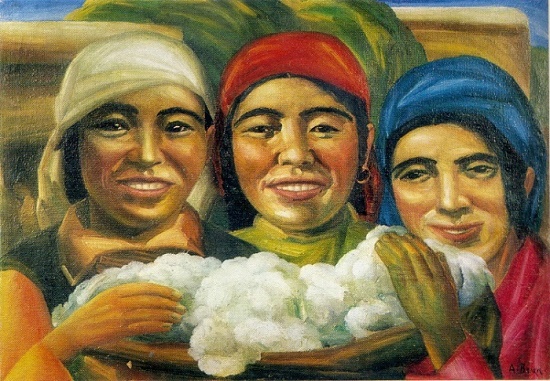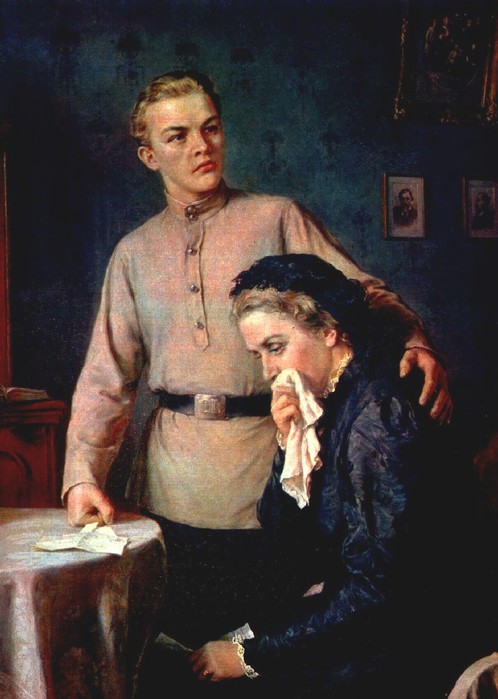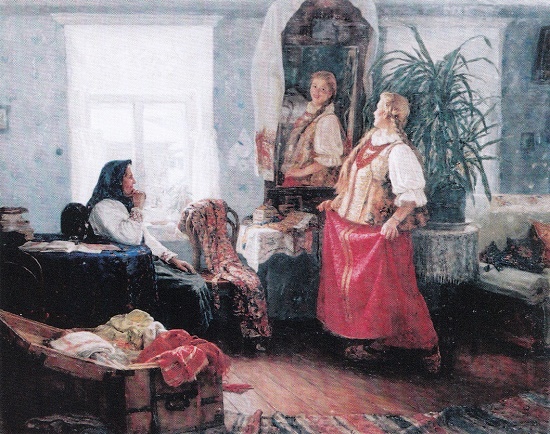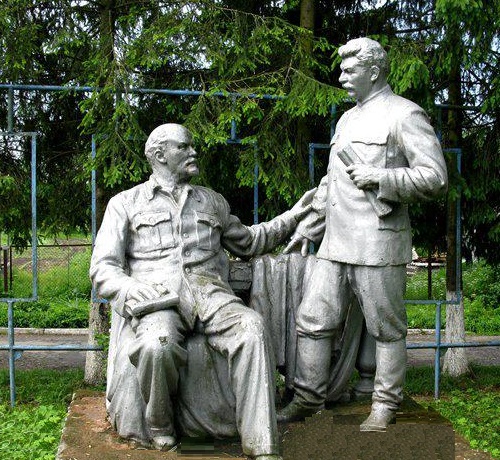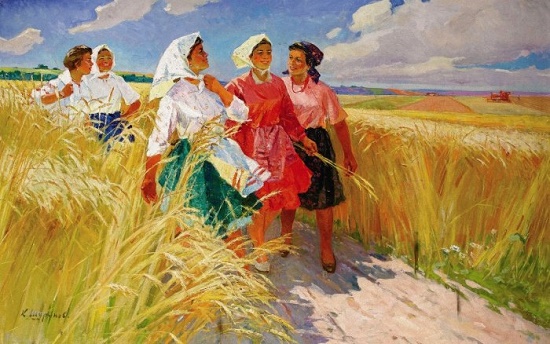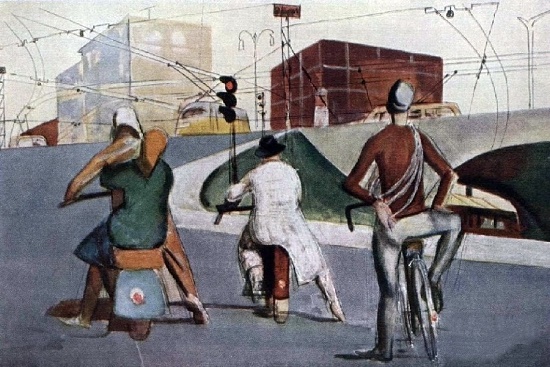Soviet Art Gallery of one-picture artists
Soviet Art Gallery of one-picture artists
For the lovers of art, and in particular, the Soviet period, I propose to get acquainted with another collection of works by artists of the period of the USSR. All images – scanned from Soviet catalogs, books and illustrated albums on Soviet fine arts, which I have been collecting for many years. In particular, the gallery includes works by artists of the Soviet period, performed in different genres – portraits of workers and artists, urban and industrial landscapes, still lifes and genre painting. However, they all belong to the art of socialist realism,
characterized by a close connection with life, social development through unique, individualized images of people and events. And, most importantly, reflecting the life of glorious Soviet past and present, they charged with the revolutionary romanticism and historical life-affirming optimism.
However, the method of socialist realism did not mean uniformity, although it assumed a single ideological and aesthetic basis of art. On the contrary, there is a diversity of individualities, genres, styles, artistic forms and national characteristics. Just look, for example, at the above picture – “The girls with cotton”, created in 1932 by Soviet artist A.N. Volkov.
Read more »
